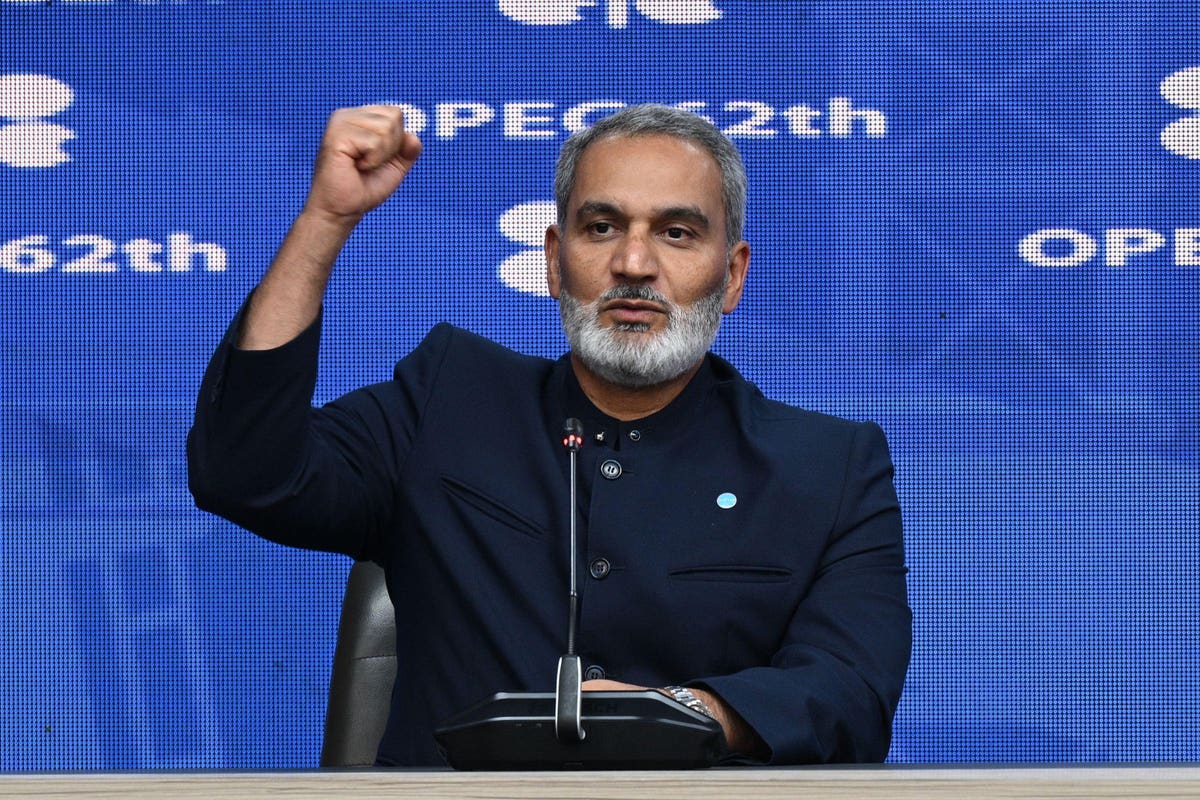The U.S. domestic index price for West Texas Intermediate (WTI) crude slammed through the $90/bbl mark for the first time since November, 2022 Thursday, as extended cuts in exports by Saudi Arabia, Russia and a handful of other OPEC+ member nations had a deepening impact on global supply. At the same time, the international Brent index price approached $94/bbl in late day trading.
The impacts of the undersupplied state of the market are becoming increasingly clear over time. Houston-based Bison Interests published a chart this week showing that overall U.S. crude inventories, including the 40-year low balance in the Strategic Petroleum Reserve, have now dropped to just roughly 46 days of national crude consumption, its lowest level since 1985.
The U.S. Bureau of Labor Statistics released its update for the Consumer Price Index for August on Thursday, showing a rise to a robust .7% for the month. There is little question the jump in crude prices – which resulted in a commensurate rise in prices for gasoline at the pump – in August contributed to that increase in the inflation rate.
But Bison Interests CEO Josh Young says there could be more positive news on the horizon on that front. In a note, Young tells me, “Rising gasoline prices impacted the recent CPI report, but that impact may be moderated going forward as seasonal demand declines and refineries return from maintenance.”
Others are not as sanguine about the outlook, though. Austin-based energy intelligence and analysis firm Enverus released an updated outlook Wednesday in which it reaffirms its projection that the Brent crude price will pierce the $100/bbl level before the end of the year.
“Fundamental data released prior to our deadline of Aug. 31 has been mixed; however, we are reaffirming our call that Brent prices will reach $100/bbl by the end of this year,” said Al Salazar, senior vice president of Enverus Energy Research in an email.
The firm says its price projection is contingent on several factors, including “1) Improving global economic sentiment, 2) OPEC adherence to stated cuts, and 3) Consistent OECD crude and product stock draws at or above 1.0 MMbbl/d or more.”
Both Russia and Saudi Arabia announced last week that they plan to extend their additional export cuts invoked July 1 through the end of 2023. The cuts of 300,000 barrels per day for Russia and 1 million bopd for Saudi Arabia had been scheduled to expire at the end of September.
For its own part, OPEC chose on Thursday to respond to a new report published earlier in the week by the International Energy Agency (IEA). In an op/ed that accompanied the report’s release, IEA Chief Fatih Birol wrote that “Peak fossil fuel demand will happen in this decade,” i.e., by year-end 2030. It is a projection with which similar studies by OPEC and other analysts have disagreed.
In a statement, OPEC appeared to dismiss the IEA projection as being not only incorrect, but also dangerous, stating that, “It is an extremely risky and impractical narrative to dismiss fossil fuels, or to suggest that they are at the beginning of their end.” The statement notes that many calls for either peak supply or, more recently, peak demand for oil have come and gone over the decades, and all have ultimately proven to be wrong. “The difference today,” the OPEC statement continues, “and what makes such predictions so dangerous, is that they are often accompanied by calls to stop investing in new oil and gas projects.”
OPEC Secretary General Haitham Al Ghais adds, “Such narratives only set the global energy system up to fail spectacularly. It would lead to energy chaos on a potentially unprecedented scale, with dire consequences for economies and billions of people across the world.”
The Bottom Line
We have seen these concerns and others about energy transition boosterism causing a premature disinvestment in oil and other fossil fuels expressed by experts in the field in recent months and years. Though Mr. Birol and other transition boosters have consistently ignored such warnings, it has been somewhat of a relief this year to see leaders at many of the world’s largest oil producers redirect a larger share of capital investment to the finding and producing of additional reserves.
With crude prices rising ever closer to the magic $100/bbl mark and global crude demand showing no signs of slowing any time soon, it is obvious that more production is needed, regardless of peak oil projections that seem based as much on wishful thinking as they are in reality.
Read the full article here





